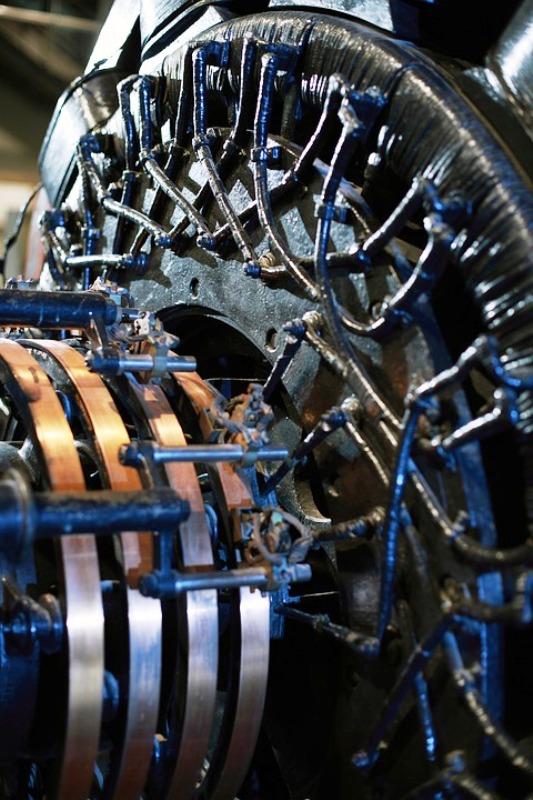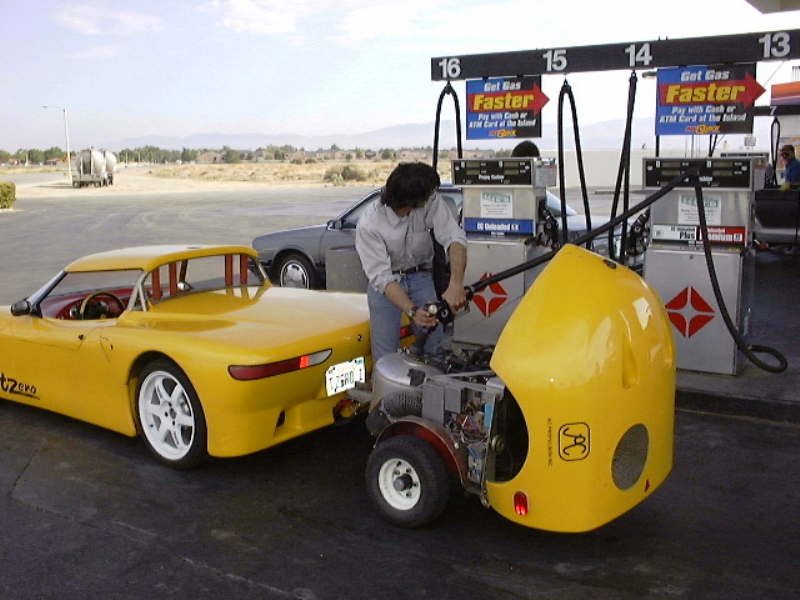Contents
– What is a generator set?
– Generator set: maintenance operations
– The maintenance table of the generator set
– Maintenance is required for the longevity and the comfort of use of the generating set.
What is a generator set?
It is a portable power source that generates electricity through the use of a motor.
The use of a generating set necessitates taking measures when establishing the generating set and responding to a generating set regulation.
Following that, the use of the generator set requires a minimum of generator set maintenance and understanding of the generator set’s potential failure.
In this post, we will look at the maintenance required for the longevity and comfort of the use of the generator.
Generator set: maintenance operations

Engine oil (thermal engine)
An engine oil dipstick is always present on a four-stroke engine. Most often, this dipstick also serves as a filler cap. The manufacturer’s manual tells you how to use the dipstick, the type of engine oil, and the frequency of oil changes.
In general, you should check the engine oil level on the flat, cold engine before each start:
– Unscrew the oil filler cap, take it out and clean it.
– The check is done by replacing the filler cap in its housing without screwing it and reading the oil level on the dipstick. It should be between the low and high levels within the hatched area.
– Always make sure there is enough oil, never too much.
– If you need to add oil, use the viscosity recommended by the manufacturer or, failing that, a 10W40 multigrade oil for four-stroke petrol engines.
To change the oil, start the engine to warm it up a little, and stop it:
Disconnect the spark plug wire and unscrew the drain plug under the engine by carrying out the operation over a collection tray.
– When the used oil has completely drained, you can screw the drain plug back in. If necessary, replace the drain plug gasket with a new one, but make sure a flat fiber gasket is in place.
– Sometimes, the drain plug is the same one used for the fill and dipstick; in this case, it does not have a gasket.
– Fill the crankcase with new oil in quantity specified by the engine manufacturer; otherwise, proceed with small successive fillings, checking the dipstick.
– In general, an oil pan contains between 1 and 1.5 liters of 10W40 multigrade gasoline engine oil, depending on whether the oil filter has been replaced or not.
Air filter (internal combustion engine)
Refer to the manufacturer’s instructions to open the air filter cover and note the filter number for future purchases.
You should clean the air filter every 50 hours of operation.
It is strongly recommended that the air filter be replaced every year.
A clean air filter is essential for the engine to start correctly; it limits fuel consumption and pollution emissions.
Spark plug (combustion engine)
A spark plug wrench is always present in the tool bag of your generator, preferably use the one provided, as it is designed to pass between the engine fins.
Depending on the number of hours worked per year, you should clean the spark plug every 100 hours and replace it every 300 hours.
The cleaning is carried out with a special wire brush (spark plug brush) and removes combustion deposits from both electrodes:
– You can do a quick check of the gap between the two electrodes with a spark plug wedge or by running a thumbnail of the same thickness through the average gap of 0.07 mm.
– Take advantage of the fact that the spark plug has been removed to note its reference number, which must be observed when replacing it.
– Clean the thread of the spark plug and its base with a rag before putting it back in place by screwing it in firmly but without forcing it.
– Make sure that no particles fall into the engine through the spark plug shaft.
– A spark plug in good condition is essential for the engine to start correctly and limits its fuel consumption and pollution emissions.
Battery (electric start engine)
Suppose the battery is a liquid electrolyte battery (not gel). In that case, a level check is required regularly and a possible top-up with distilled water only without ever exceeding the maximum level mark.
Beware of the risks due to the acid and the vapor emissions from the battery electrolyte: Chemical danger – Poison – Risk of explosion (refer to the manufacturer’s manual).

